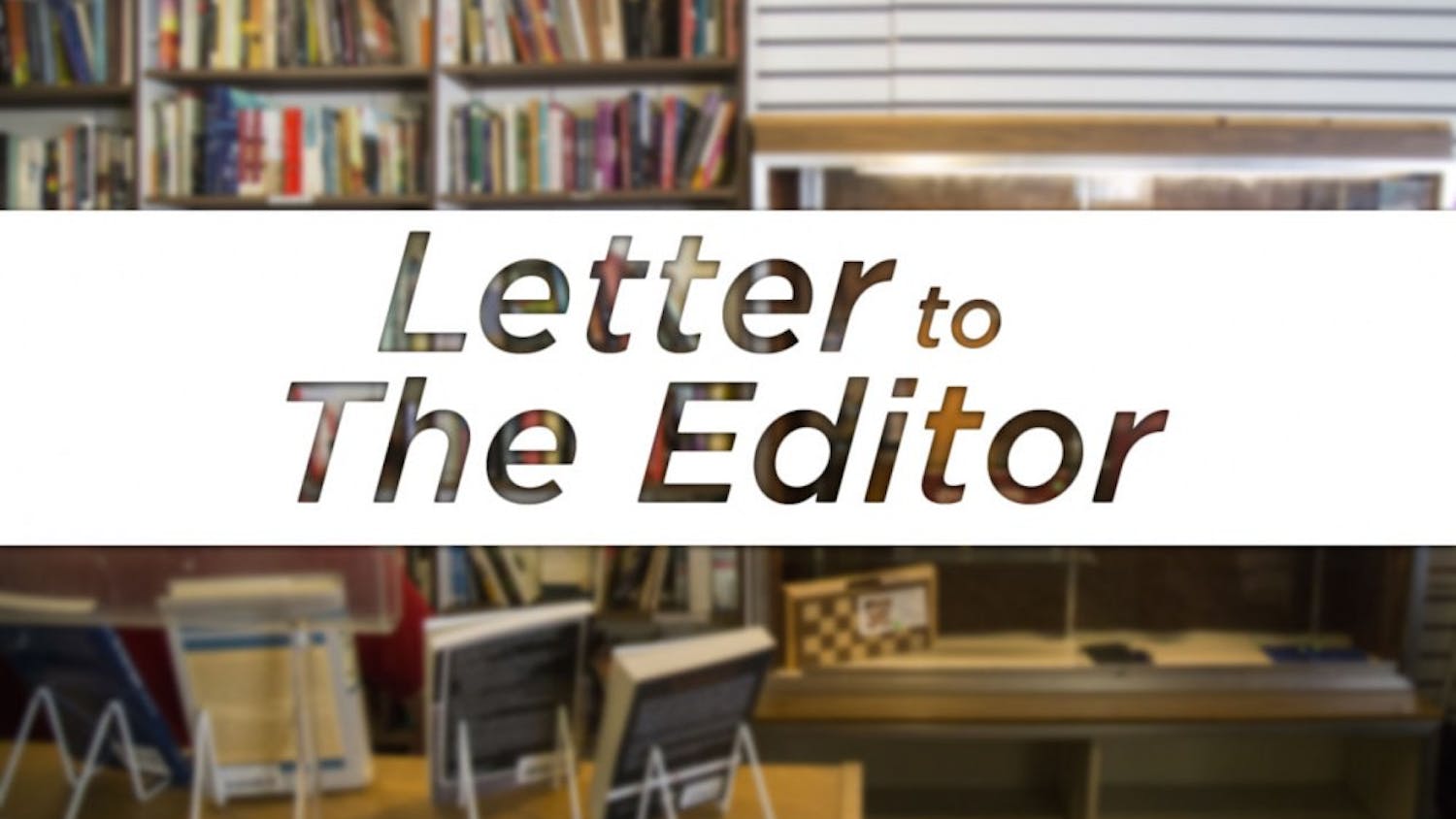Columnist Rob Hammer discusses the history of student loans for higher education in America.
On Oct. 4 1957, the future of American education was forever changed when the Soviet Union launched the first man-made satellite, Sputnik 1, into orbit. Less than a year later, the Eisenhower administration responded by signing the National Defense Education Act into law, vastly altering education financing. But what does a Soviet satellite and the National Defense Education Act have to do with higher education funding?
With Sputnik hovering overhead, serious fears were raised by both the American public and Congress that the United States was falling behind the USSR in technological and scientific development. The solution was to encourage more students to attend college, and the National Defense Education Act served this purpose by providing students with directly funded government loans for higher education. Thus, the standard for American university subsidization was born.
The nature of student loan subsidizing has been quite dynamic over the years, with indirect student loans being introduced in 1965 through the Higher Education Act. Rather than loans being directly subsidized by the government, indirect loans were paid for by private banks, with a government guarantee to pay back the loans if students defaulted.
The 1990s were characterized by a vast increase in total student loan spending. From 1990 to 2000, the total amount of loans increased from $19 billion to $54 billion, a 184 percent increase. That was due to reforms from the Bush and Clinton administrations, which increased both aggregate indirect and direct loans, respectively. Following the 2007 recession, lenders became less willing to lend students money and, as a result, private lending decreased relative to direct lending. From the 2007 to the 2008 academic years, the amount of non-federal loans decreased by more than 50 percent while the amount of federal loans increased by 19 percent, the highest increase since the early ’90s.
As of 2010, indirect loans have been eliminated, as a provision of the Affordable Care Act. Students can now only take out direct loans or private, non-government subsidized loans. Since the act’s inception, the total amount of non-federal loans has increased and federal loans have decreased, respectively. That may be because the current direct loan system does not provide enough money for students to complete their degrees, so they combine private loans with federal loans. Decreasing college enrollment (which has fallen by nearly 5 percent since 2010) may also play a role in falling federal loans.
{{tncms-asset app="editorial" id="968f3562-8990-11e5-8828-2fd2527bb495"}}
Following the logic that led to the National Defense Education Act, it is easy to assume that federal subsidies for higher education are always a good thing. They encourage more students to go to college, and more college graduates translate to a more productive and intelligent society. That has been the popular “wisdom” for the last half-century. The problem with this ideology is that it does not take into account the monetary cost of college and labor market demand for college graduates.
2015 data from the College Board shows that from 1975 to 2015, the average tuition at public, four-year universities has increased by nearly 300 percent. It is likely that the implementation of federal loans is at least partially responsible for this increase in tuition. Another concern one must factor in is the underemployment epidemic. In 2013, the Center for College Affordability and Productivity reported that more than 40 percent of college graduates were working in jobs for which they were overqualified. Is it possible governmental subsidies for higher educations have improperly inflated the demand for a college degree, given the subsequent labor demand? It does not seem far out of the question.
Since the mid-1990s, college enrollment steadily rose until 2011, which is, coincidentally or not, the first year in which indirect student loans were eliminated. Though students still can receive direct government loans or private loans, their loan options have no doubt been diminished. Aggregate loans have been on the decline as well, at a greater rate than enrollment declines, indicating that factors beyond decreases in enrollment are at play. It may be that restrictions in loan availability have started to constrain enrollment, though there are likely other factors, such as increases in tuition.
Given these concerns, it may be time for the federal government to consider reducing their involvement in the loan market of higher education. Although calls for increased loan subsidization may be appealing initially, they offer no analysis of labor market needs, blindly operating under the assumption that more education is always better. In 1957, Americans were worried about Sputnik, and in 2015, grads worry about their loans. It’s ironic that the solution has become the problem.
Robert Hammer is a senior studying anthropology and economics at Ohio University and a research assistant at the Center for College Affordability and Productivity. Columns will be written by a different CCAP student from Ohio University each week. Email Robert at rh637212@ohio.edu.





